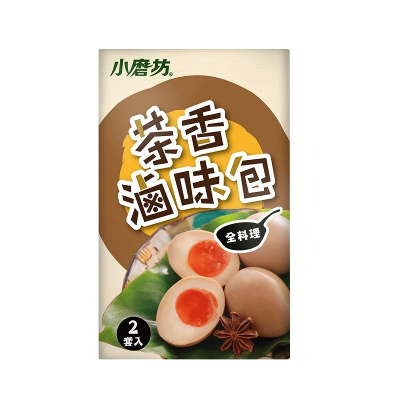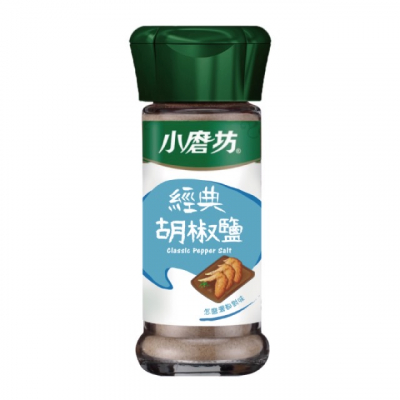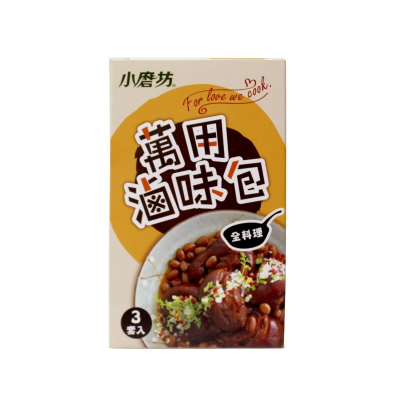Asian Seasoning
Showing 17–19 of 19 results
-

TM – Spice Pouch for Tea Egg 6x40g – (BBD:01/07/2026)
£9.16 SKU: 24TM17B6Add to cart -

TM -Classic Pepper Salt, 45g – Box of 24 – (BBD:26/12/2027)
£45.60 SKU: 25TM23B24Add to cart -

TM – Spice Pouch, 24g – Box of 6 – (BBD:01/07/2026)
£9.03 SKU: 24TM18B6Add to cart
The history and origin of Asian seasoning
Asian cuisine is a treasure trove of diverse flavours, and seasoning is at its heart. The practice of seasoning food in Asia can be traced back centuries. The earliest references to Asian seasoning can be found in ancient Chinese texts. China, often credited as the cradle of Asian cuisine, introduced the world to seasonings like soy sauce, rice wine, and five-spice powder. These seasonings, along with others like sesame oil, played a pivotal role in shaping the distinctive flavours of Chinese dishes.
The Japanese brought their own unique seasonings, such as soy sauce and mirin, to the table. Meanwhile, in South and Southeast Asia, ingredients like fish sauce, shrimp paste, and chilli paste became integral to local cuisines. Each region developed its own signature blends, reflecting the local ingredients and cultural influences.
Different types of Asian seasoning
There is a wide array of Asian seasonings and for simplicity, we will break it down into main categories: Oil, Paste, Rice vinegar & Cooking wine, Pickled & Fermented, Seasoning blend and Soup bases.
Oil
Sesame Oil is a fragrant oil derived from toasted sesame seeds and is commonly used to add depth and richness to Asian dishes. Camellia seed oil, often referred to as “tea oil,” is known for its nourishing properties and its light and nutty aroma.
Paste
A paste is a concentrated, semi-solid mixture created by grinding or blending specific ingredients into a cohesive and smooth consistency. These pastes serve as flavour-packed foundations for various culinary applications. We offer Chilli paste, Shrimp paste, Soy paste and Black Soy Bean paste. They play a versatile role in cooking, often serving as bases for sauces, marinades, and dressings, making them integral components in diverse Asian cuisines.
Rice vinegar & Cooking wine
Rice vinegar typically has a mild, slightly sweet flavour with a gentle acidity, making it an ideal choice for salad dressings, sushi rice, marinades, and dipping sauces. Cooking wine, on the other hand, often has a subtle sweetness and depth, enhancing the taste of stir-fries, soups, marinades, and braised dishes.
Pickled & Fermented
They enrich Asian cuisine with their vibrant flavours, offering a unique experience. The pickling and fermentation processes transform the taste of these products by infusing them with unique tangy, sour, spicy, or savoury flavours, which make them distinct from their original fresh taste.
Seasoning blends
Asian seasoning blends like pepper salt, chilli, and five spice powder are the secret ingredients that infuse Asian dishes with complex and exciting flavours. These blends add depth, heat, and a symphony of spices.
Soup base
Our Asian hot pot soup bases, such as Spicy Hot Pot, Chinese Herb Hot Pot, and Ginger Duck Hot Pot, are the flavorful foundations for communal dining experiences. They are added to the pot of boiling hot water to add a diverse range of tastes to the soup, from fiery and herbal to rich and savoury.
The Benefits of Using Asian Seasoning
- Enhanced Flavour: Asian seasoning can transform bland dishes into exciting, flavorful experiences, with notes ranging from sweet and salty to spicy and umami.
- Health Benefits: Many Asian seasonings, such as sesame oil, contain healthy fats and antioxidants.
- Versatility: These seasonings can be used in various cuisines, not just Asian dishes. Experiment and infuse your favourite recipes with a touch of Asian flair.
- Cultural Exploration: Incorporating Asian seasoning into your cooking allows you to explore different Asian cultures and cuisines, broadening your culinary horizons.
How to Use Asian Seasoning in Your Cooking
The key is balance and moderation. Start by adding small amounts and tasting as you go to find the perfect flavour profile for your dish. Here are some ideas to get you started:
– Sesame oil: Drizzle over steamed vegetables or noodle dishes for a nutty, aromatic kick.
– Five spice powder: Create an aromatic stir-fry by marinating meat and vegetables.
– Rice wine: Add a dash to your marinades for a subtle sweetness.
– Chilli pastes: Spice up your dishes to achieve the desired level of heat and add an additional flavour to your dish with our Black bean chilli, Garlic chilli, Chilli Shrimp, Hot Chilli, Chilli with black bean and fish paste.
– Shrimp pastes: Add in sauces and curries for an umami boost.
– Pickled vegetables: Serve as a side dish to balance spicy or rich mains or include in sandwiches or wraps
– Pepper salt: Sprinkle on grilled meats and seafood for an extra layer of flavour.
–Black vinegar: Drizzle in noodles to enhance the tangy taste or create a dipping sauce for dumplings.
– Soup base: Customise your hot pot experience with the right soup base and dipping sauces.
– Tea-flavoured eggs: Use a spice pouch for marinating.
Pairing Asian Seasoning with Different Types of Food
Southeast Asian Dishes
- For dishes like Thai curries or Vietnamese pho, consider using shrimp paste and black soybean paste to enhance the authentic flavours.
- In salads or stir-fries, sesame oil and pickled vegetables can add a Southeast Asian twist.
Taiwanese Cuisine
- Taiwanese dishes can benefit from the use of five-spice powder, especially when preparing items like Taiwanese-style popcorn chicken.
- Fermented bean curd can be a flavorful addition to dishes like “stinky tofu.”
Noodles
- When making Asian noodle dishes, sesame oil and black soybean paste can provide rich, savoury flavours.
- Add chilli paste for a spicy kick in your noodle soups or stir-fried noodles.
Vegetarian and Vegan Cuisine
- Tofu dishes can benefit from the umami depth of fermented bean curd, while chilli paste can provide a spicy kick.
- Include pickled vegetables or kimchi to add crunch and tang to your plant-based meals.
Rice Dishes
- For dishes like fried rice or rice bowls, sesame oil and pickled vegetables can provide a burst of flavour and texture.
- Try using Woo Sauce as a condiment or drizzle over rice-based dishes for a tangy contrast.
Western Dishes with an Asian Twist
- Incorporate rice wine and Woo Sauce into marinades for Western-style grilled meats or as dipping sauces for a unique Asian-inspired flavour.
These categories offer a range of pairing ideas to elevate various types of cuisine with Asian seasonings, allowing you to experiment and create flavourful dishes.
In the world of Asian cuisine, combining various seasonings and sauces is where culinary creativity shines. It's a partnership that brings depth, balance, and a symphony of tastes to your dishes. If you seek a deeper exploration of our sauces, we invite you to delve into our dedicated Asian sauces blog.
